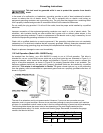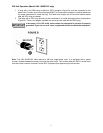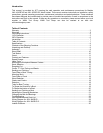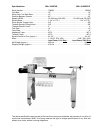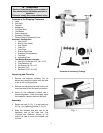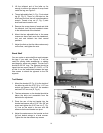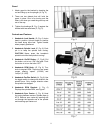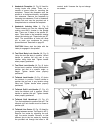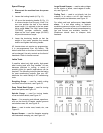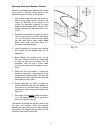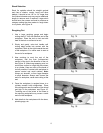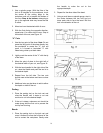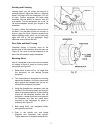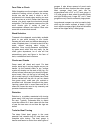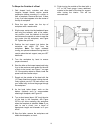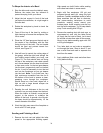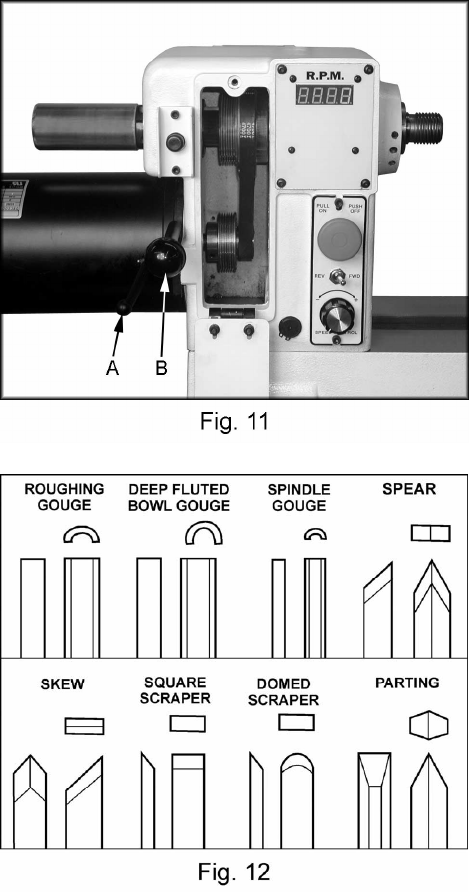
13
Speed Change
1. Disconnect the machine from the power
source!
2. Loosen the locking handle (A, Fig. 11).
3. Lift up on the tensioning handle (B, Fig. 11)
to remove tension from the poly v-belt. You
can now position the belt in the desired
speed range. It is pictured in the low speed
pulley range. Note: The “High” speed range
(120-3200) provides maximum speed,
where as the “Low” speed range (50-1200)
will provide maximum torque.
4. Lower the tensioning handle so that the
weight of the motor provides the needed
tension and tighten the locking handle.
AC Inverter does not require any programming.
It is pre-programmed from the factory. The
buttons and knob on the face of inverter should
not be changed. Use only controls on the front of
headstock. Refer to Inverter manual.
Lathe Tools
If possible, select only high quality, high-speed
steel turning tools with long handles. As one
becomes proficient in turning, a variety of
specialty tools for specific applications can be
acquired. The following tools provide the basics
for most woodturning projects. See your JET
distributor for a wide variety of JET woodturning
tools.
Roughing Gouge — used for rapidly cutting
raw wood into round stock, see Figure 12.
Deep Fluted Bowl Gouge — used for turning
bowls and plates, see Figure 12.
Spindle Gouge — used for turning beads,
coves and other details, see Figure 12.
Spear — fine scraping and delicate operations,
such as the forming of beads, parallel grooves
and shallow vees, etc, see Figure 12.
Skew — used to make vees, beads, etc., see
Figure 12.
Square Scraper — used for diameter scraping
and featureless scraping, etc, see Figure 12.
Large Domed Scraper — used to reduce ridges
on the interior of bowls, round edges of bowls,
etc, see Figure 12.
Parting Tool — used to cut directly into the
material, or to make a cut off. Also used for
scraping and to set diameters, see Figure 12.
For safety and best performance, keep tools
sharp. If a tool stops cutting, or requires
excessive pressure to make a cut, it needs to be
sharpened. A number of brand name sharpening
jigs and fixtures are available, however, a
woodturner should learn to sharpen tools
freehand.



